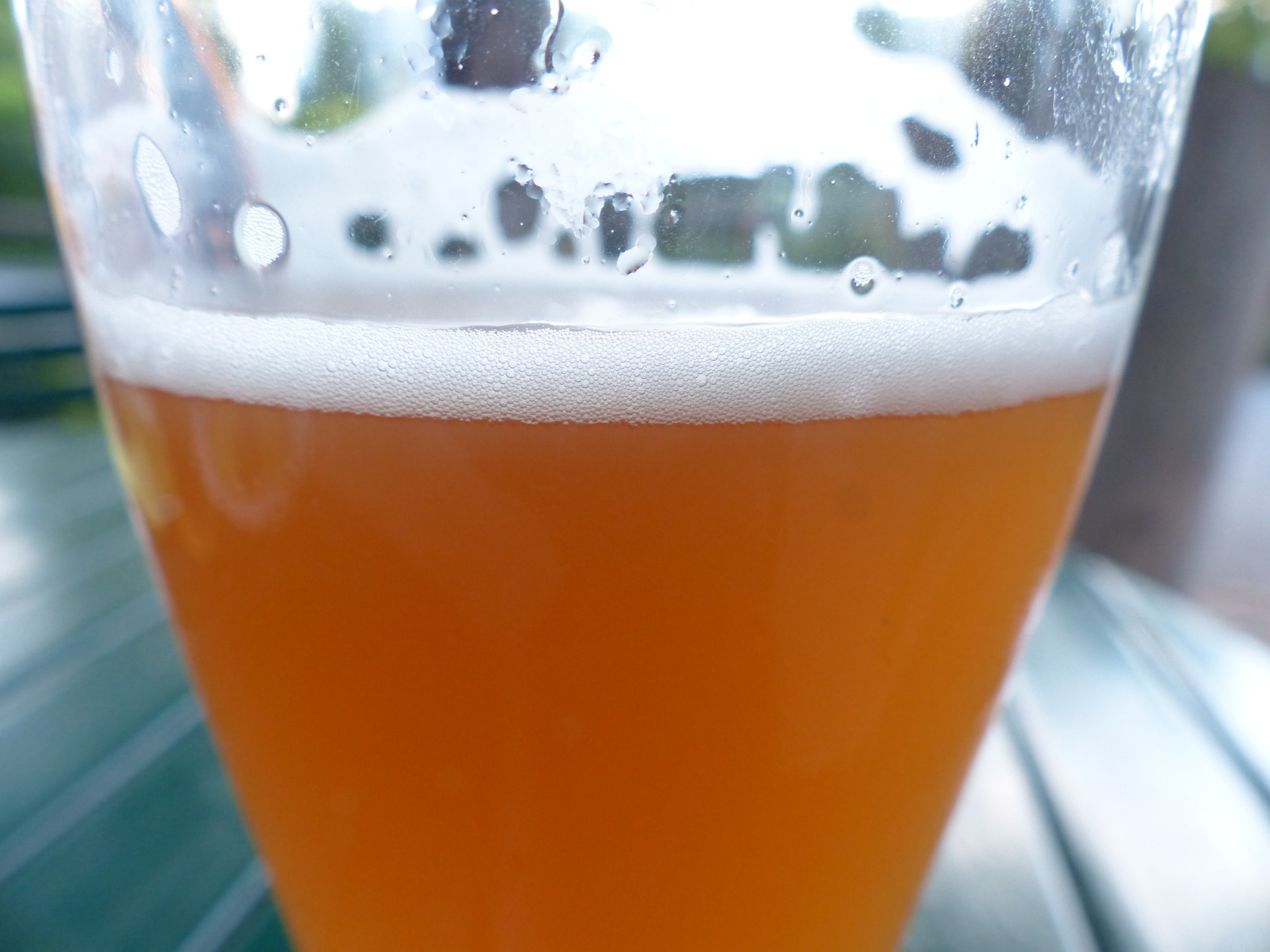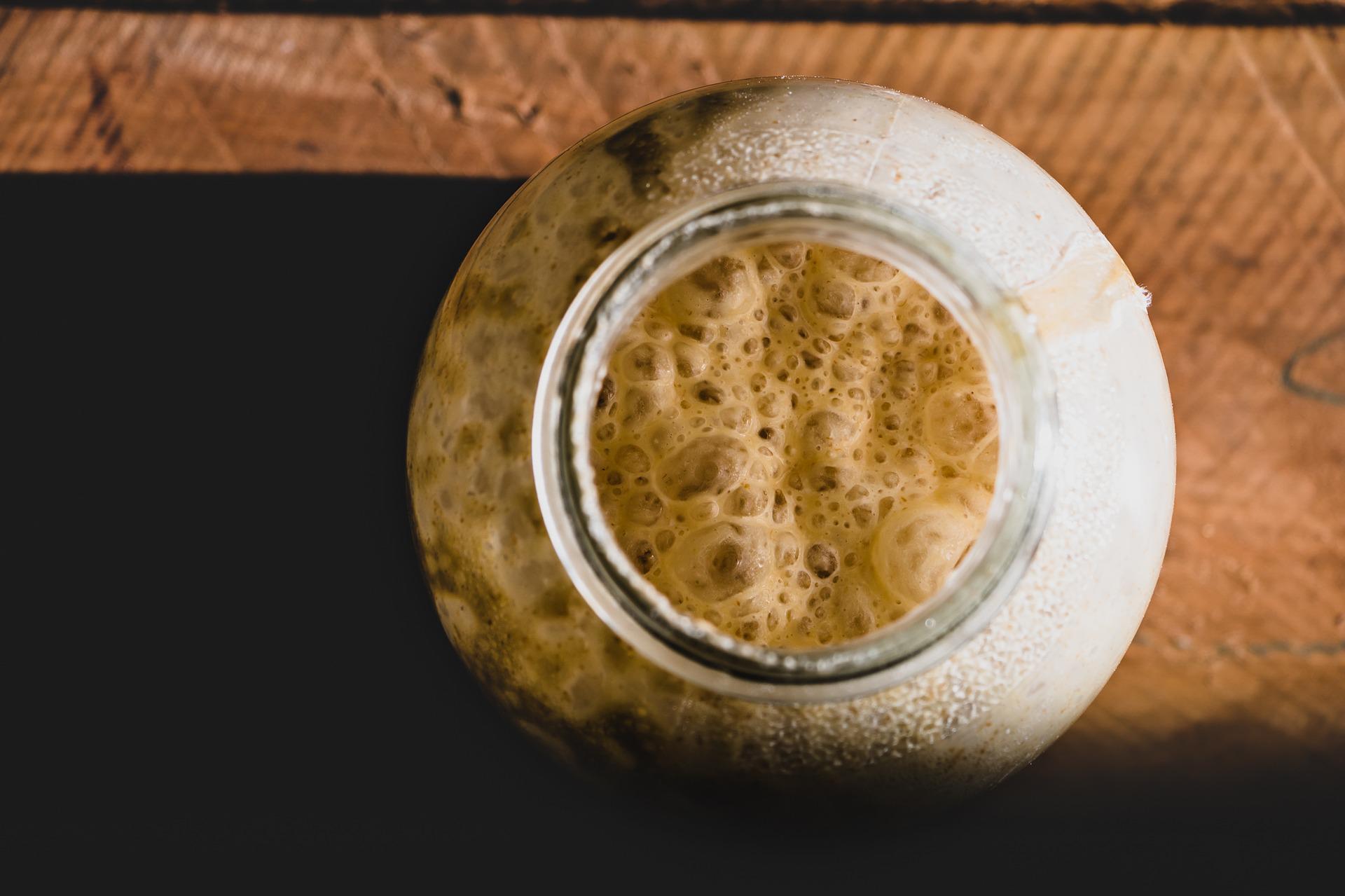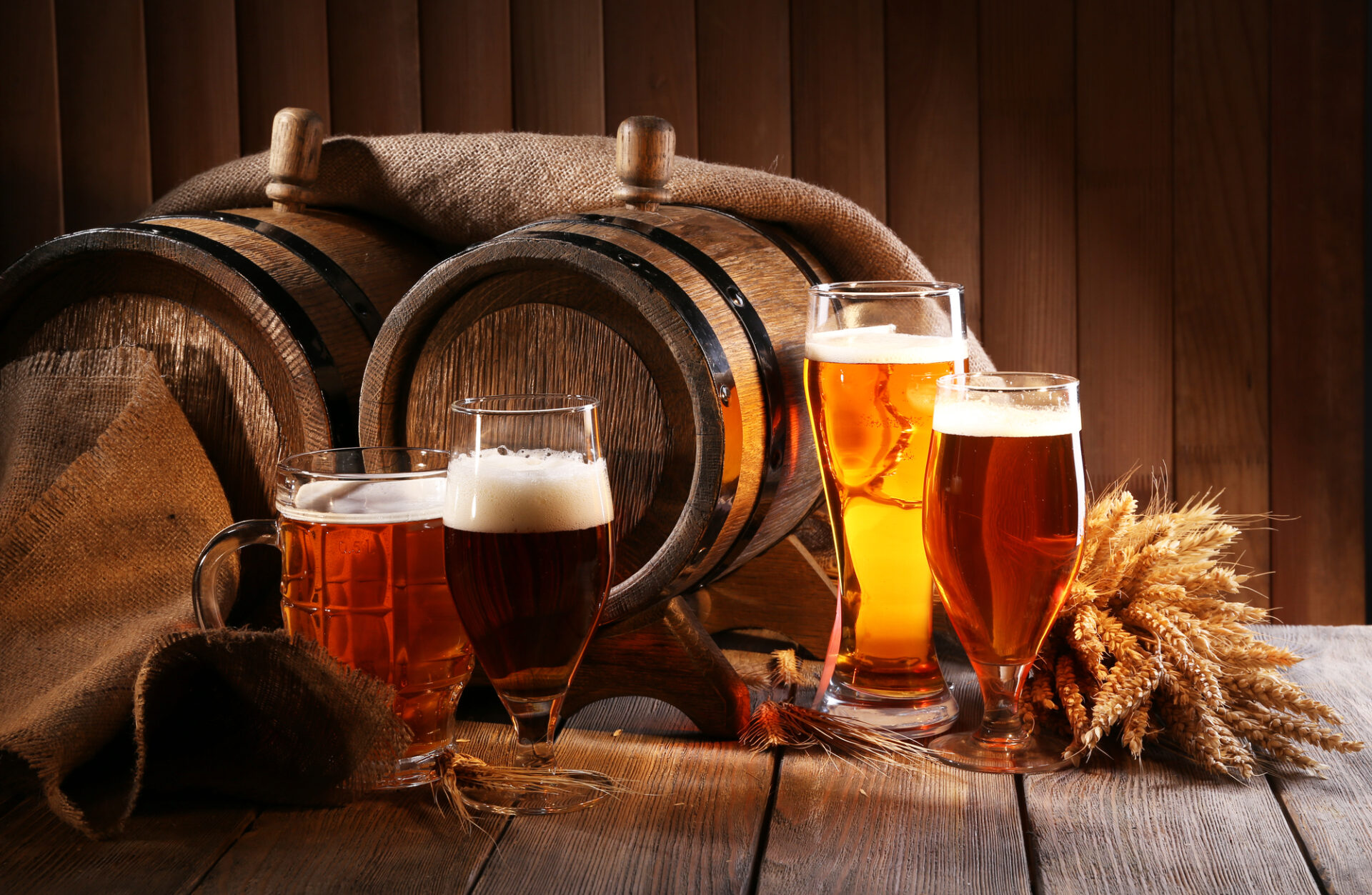
It may seem daft to ask if beer has yeast in it, especially on a site for homebrew enthusiasts, and if you’re looking for a short answer: yes, beer has yeast in it.
Without yeast, what would turn all that sugar in the brew into alcohol and produce the beers we know and love? Yeast is, without a doubt, one of the most important ingredients in beer brewing.
Perhaps we should be discussing whether the finished ready-for-drinking beer contains any yeast. More importantly, especially if you have a yeast intolerance or allergic reactions to yeast, are there any live yeast remains in beer when it’s bottled, canned, or put in a cask ready for drinking? Are there any beers that use less yeast in the fermentation process?
Let’s take a look at the importance of yeast in the beer-making process, the measures some commercial breweries take to remove the yeast leftovers from the finished product, and why they may choose to do so or not.
The Importance of Yeast in the Fermentation of Beer
Although the proportions of each may change, traditional beers are based on four basic ingredients: grain, hops, water, and yeast. Just like your favorite wine, kombucha, or bread, every style of beer is fermented, from the lightest pilsners to the darkest, funkiest sour beers.
Unlike bread, though, there’s no such thing as “unleavened” or unfermented beer — that would just be a sugary mess of wort.
Once the grain and water have been mashed together, a brewer will introduce yeast cells to the “wort” that eats up the sugar and turns the sugars into alcohol. Even lambic beers where the yeast isn’t introduced by the brewer have yeast in them, with wild yeasts from the air causing spontaneous fermentation with the wort.
This is basic brewing 101, but without it, we can’t really answer the question of why all beers have yeast in them.
What Is Yeast? — Ale Yeast Strain Varieties

Yeast is actually a living organism — basically a one-cell fungus, so don’t worry. If you’re vegan, you can still drink beer. (It’s the fish guts used in filtration which make some beers not suitable for vegan palettes, but that’s another story for another day!)
Most beers and other brewed alcoholic beverages use a yeast strain known as Saccharomyces, which translates from Latin as “sugar fungus.” For brewing beer, this can be further broken down into two types of yeast primarily used in the beer fermentation process.
Ale yeasts have been around the longest and were inadvertently used in the beer brewing process over 3,000 years ago. Top-fermenting yeasts, known as Saccharomyces cerevisiae, rise to the top of the beer as they eat any fermentable sugars, creating alcohol and releasing carbon dioxide.
Ale yeasts tend to ferment better at warmer brewing temperatures, with an ideal temperature between 68° Fahrenheit and 95° Fahrenheit.
Bottom-fermenting yeast types, by comparison, require much lower temperatures to produce the crisp, clean finish associated with lagers. Known as Saccharomyces pastorianus, this type of yeast was originally cultivated by Bavarian brewers in the mid-18th century.
Czech lagers such as pilsners and traditional German lagers were the first beers to make use of this incredibly popular strain of yeast which is now the world’s most commonly used yeast in beer production.
Both yeasts employ cellular processes known as ethanol fermentation, whereby the yeast can convert the sugars from the malted barley and other grains into alcohol and carbon dioxide for the carbonation of the beer. Basically, without yeast we wouldn’t have beer as we know it now.
After fermentation, the yeast will become dormant and either sink to the bottom of the closed vessels used for brewing, or in the case of top-fermenting, yeast strains rise to the top of the cold liquid.
Removing Live Yeast from Beer After Fermentation
For the avid homebrewer, a siphon tube and filtration system are often enough to remove most of the yeast sediment and any live yeasts which may remain after the fermentation process is complete. Brewer’s yeast, as it is a food-based yeast, is relatively harmless compared to other yeasts which can cause infections.
The yeasts used in beer have even been shown to be a powerful probiotic for most people.
Commercial breweries will often use modern filtration and pasteurization techniques to remove any live yeasts leftover in the beer. Filtering and pasteurizing the beer can improve both the shelf life of a batch and encourage a uniform flavor.
Yeast, when left live, can continue to affect the aroma of the beer and the flavor profile, producing off or bad flavors.
Yeast can be removed from the beer by a number of different methods including filtration, using centrifugal force to separate the yeast from the beer, and removing the sediment with a “bright tank” which has a large dished bottom to clear the sediments.
After removing the yeast or sediment (AKA “trub”), the beer will often be pasteurized at a temperature of 140°F for 15 minutes to kill off any remaining live yeasts or extra micro-organisms that may remain.
The Belgian brewer of Stella Artois has previously claimed in advertising that Stella Artois was a yeast-free beer made with only four key ingredients: hops, malted barley, maize, and water. This was too good to be true, though, as yeast is, of course, used in the fermentation process. What they were actually referring to was the finished bottle of beer, where all yeast had been removed for extra clarity.
Interestingly enough, that same Belgian beer now has a green beer variety that is unfiltered, similar to many craft beers. The Stella brewers now recognize the advantages of leaving some live yeast in the unfiltered beers in the same way many American craft brewers and other traditional Belgian brewers do.
Why Would Beer Have Live Yeast?

Photo by Pavel Danilyuk on Pexels
In contrast to large commercial brewers, small craft brewers often forgo the filtration and pasteurization processes and leave the live yeast in the bottled beer.
With craft beer being sold in smaller batches, shelf stability is less of a concern. Plus, bottle-conditioning beer with live yeast can improve both the flavor and aroma of the beer.
Many American craft brewers and Belgian brewers use bottle-conditioning to carbonate their beers, rather than relying on expensive commercial carbonation equipment.
The presence of live yeast in a beer has also been proven to increase the levels of carbon dioxide which gives a denser, more stable foam and helps to transform many of the residual amino acids into flavor compound molecules. Overall, a well-made bottle-conditioned beer will have a fuller flavor profile with warming notes and floral or fruity aromas.
Is Live Yeast in Beer Safe?
Although certain strains of yeast can be bad for your health, fortunately, ale and lager yeasts are not closely related to these hazardous fungi.
One strain of brewer’s yeast has even been shown to have beneficial effects on your health and supports healthy digestion. Although not all varieties of yeast used in beer have been studied, it is suspected by many researchers they could provide similar probiotic effects.
Certainly, if you suffer from a yeast allergy or intolerance, you should always try to choose filtered and pasteurized beers to avoid a flare-up. Brewer’s yeast can also have some adverse interactions with certain types of medications including diabetes medications, antidepressants, and some painkillers.
Basically, if you develop a rash or itching after drinking certain beers, you may have an allergy to yeast.
That said, I should reiterate that no beer is completely yeast-free, but choosing a beer that has been filtered at least once — many now claim triple-filtration methods — will be a safer option.
Does Beer Have Yeast? The Takeaway
Categorically, yes, all types of beer have yeast somewhere down the line. Without yeast, beer would not ferment, and the result would just be a sugary mess similar to the wort seen in the first stages of beer production.
Even alcohol-free beers and non-alcoholic malt beverages use yeast to provide carbonation and break down the sugars of the allowable ingredients. It’s only later that the alcohol produced from the yeast is removed.
Where it gets confusing is with the finished, packaged product.
Most mainstream commercial beers you see on the shelves such as Budweiser, Miller, Coors, or Corona will have undergone some sort of filtration or pasteurization process to remove any live yeasts. As a rule of thumb, though, unless the bottle says “unfiltered,” you can almost certainly guarantee it has been filtered or pasteurized for longer shelf life and more uniform flavor.
Craft beers and some of the continental brews, especially the Belgian white beers, will state on the label that they have been bottle-conditioned or are unfiltered. This will usually provide a better flavor and a more rounded beer.
Unless you have a serious yeast intolerance, small amounts of yeast won’t do any harm. Though, as good practice, many beer drinkers will often take care to make sure the sediment stays at the bottom of the bottle and not the bottom of the glass.

